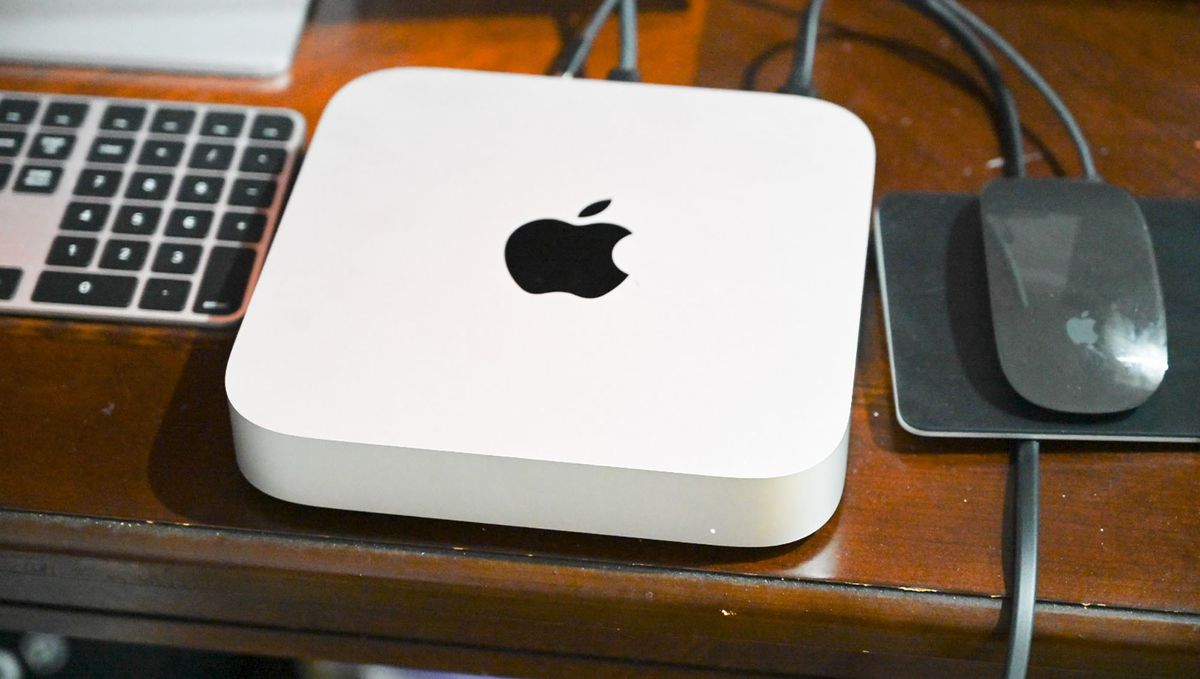
It’s that time of year when everyone either has New Year’s resolutions or predictions, so I’ll take a swing at the latter. Without further ado, here are a few key trends that I expect we’ll see in 2023, the year of the Water Rabbit:
Automation Will Drive More Personal Experience
Although it seems counterintuitive, automation will continue to improve processes and remove the human element to reduce costs. From chatbots to self-service checkstands and check-in kiosks, businesses will continue to streamline processes to improve the bottom line and alleviate the struggle of hiring individuals that would otherwise occupy those roles.
However, human empathy and intervention will be needed in response to this automation trend — especially as systems are expected to do more. In supermarkets, you may already notice that there are often two support staff at self-checkout stands instead of one. While many customers have adapted to automation, customers will demand more personalization as a trade-off. It may manifest in the form of asking for discounts on particular items or promotional tie-ins. With trying economic circumstances, spending will only get tighter.
Related Article: Top Marketing Trends You Should Watch in 2023
A Weak Economy Will Make Experience More Important
A weakening economy will create a push-and-pull effect from customers. Companies will try to secure their cash positions with cuts in costs while customers will try to reduce spending at home. In addition, companies will want customers to spend despite customers expecting product discounts. While promotions and price-cutting will factor into the customer experience, a positive interaction will be essential to retaining those customers.
For businesses cutting their marketing budget, loyalty and retention — with a focus on experience — must be top priority moving forward. This isn’t about technology and innovation, but simply doing more with less. We often hear that out of “faster, better and cheaper” you can’t have every option, but in times like these, customers, businesses and their suppliers will want all three.
ChatGPT Will Be the Talk of the Town
Launched in late November of 2022, ChatGPT (Chat Generative Pre-trained Transformer) is the latest AI tool that’s garnering widespread attention. In fact, it is speculated to generate one billion in revenue by 2024. This tool gained over a million users in its first day and has impressed users with its ability to provide answers on a wide range of questions with great speed and surprising responses.
Early users have touted stories about ChatGPT automatically writing computer code, drafting emails and passing online examinations. It can achieve this through consuming publicly available content on the web and using human intervention to help it develop an understand the language and its nuances.
However, ChatGPT may become limited by any bias that might be introduced by the sources it consumes. Furthermore, the fear that new technology brings to those that are unfamiliar with what it can do — or those that have watched too many Terminator movies — may scare some users away.
Related Article: OpenAI’s New ChatGPT Might Be the First Good Chatbot
What Does This Have to Do With Customer Experience?
For practical applications in 2023, probably not much. However, it will remain the talk of the town. Service-based businesses will undoubtedly make broad announcements about tech that can better serve customers through AI tools. Technology savvy companies will aim to leverage integrations to either improve their offer or decrease costs leveraging ChatGPT. Within the customer experience technology space, I expect quite a few companies to announce their initiatives on combining ChatGPT with their CX offerings, using quite a bit of fanfare.
While we’ve seen many overhyped predictions in measuring, understanding and improving customer interactions (such as AI allowing us to have real-time insights, data lakes providing everything we’d need for personalization or block-chains revolutionizing the buyer/customer relationship), I expect to see limited activity in true innovation. That will not stop some companies from talking about it while others will be looking to better understand this AI tool for a new trend in 2024 — but we’ll talk about that in 12 months.
I look forward to revisiting this post at the end of 2023 to see how my predictions turned out. Who knows, maybe ChatGPT will write my predictions column for 2024!







